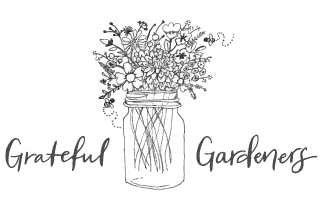Nature does nothing in vain
Wannabe, a great candidate for breeding!
Peaches and Cream, a stunning example of a nice bred dahlia!
To gaze at a fully bloomed Dahlia might make one think there is some cosmic force at work in the natural world, sculpting near perfection out of petals and stems. Anyone who has ever grown a Dahlia feels this, it’s that kind of flower. As you learn more about the mysterious Dahlia, you start to appreciate how truly non-perfect it is, and that is exactly why it is so special! It has a complicated genetic makeup, about 1/3rd more complicated than even our genes. Like most artificially bred organisms, such as dogs or bacteria, what we know of as a contemporary Dahlia variety is far from what the wild version was or is. And yet that is why it is the highly sought after, awe-inspiring, object of natural wonder that it is; it’s a product of harnessed chaos to momentarily crystallize something fantastic!
Numbers vary on just how many dahlia varieties exist. The Royal Horticultural Society has 57,000 dahlias registered, whereas the official record is The International Register of Dahlia Names 1969, listing around 20,000 as of 2020. Either source tells the story of the dahlia; it’s crazy diverse in color, size, form, and structure. But how did a common single petaled, open member of asteraceae (the largest family of flowers in the world), become such a standout of extreme variability??? Breeding. Human beings have perfected the art of saying “hey, this looks like a cool organism, I wonder what would happen if I bred it with this other organism that looks similar???” We learned how to take the pollen from one plant and artificially inseminate the female sex organs of another plant to create new combinations of plant traits, in all-new mixtures the world has never seen before. THAT is precisely why we now have over 20,000 varieties of dahlias. Okay, that’s a gross oversimplification, but for the big picture that is sufficient. However, let’s dig deeper….
First, we need to recognize an important person; Kristine Albrecht of Santa Cruz Dahlias. She is not the first to hybridize dahlias, but she is one of the best out there today. It was her recent book release, “Dahlia Breeding for the Farmer Florist and Home Gardener”, that inspired us to begin a new adventure this year. That’s right, we are breeding dahlias for the first time at the end of our season this year!
As exciting as this prospect is for us, breeding dahlias with the intention of creating a new variety that the world might actually want to grow, is akin to winning the lottery. First off, the contemporary dahlia with all its flair and fanfare has been pushed so far from what its dominant, wild version is, that every time you breed a dahlia, it will try its hardest to drive that dahlia back toward that ancestral version. You have to get lucky to mix the genes just right to continue the existing lineage, while also adding a “tweak” to the formula yielding something the dahlia growing world has never seen. You often don’t get a lot of seeds from this effort, and germination efficiency can be as low as 20%, meaning at most you might get 5-10 seeds with maybe 2-5 of those seeds actually producing a plant, and of that small percentage only another fraction might produce something unique. It’s truly a battle of attrition to see how patient you can be to continue breeding year after year with perhaps little to show for it. All that being said, the exhilaration that we will feel when we first germinate our seed crosses and await those first buds to open showing us what we made will be hard to top! As my wife says, “it’ll be like Dahlia Christmas!!!”


